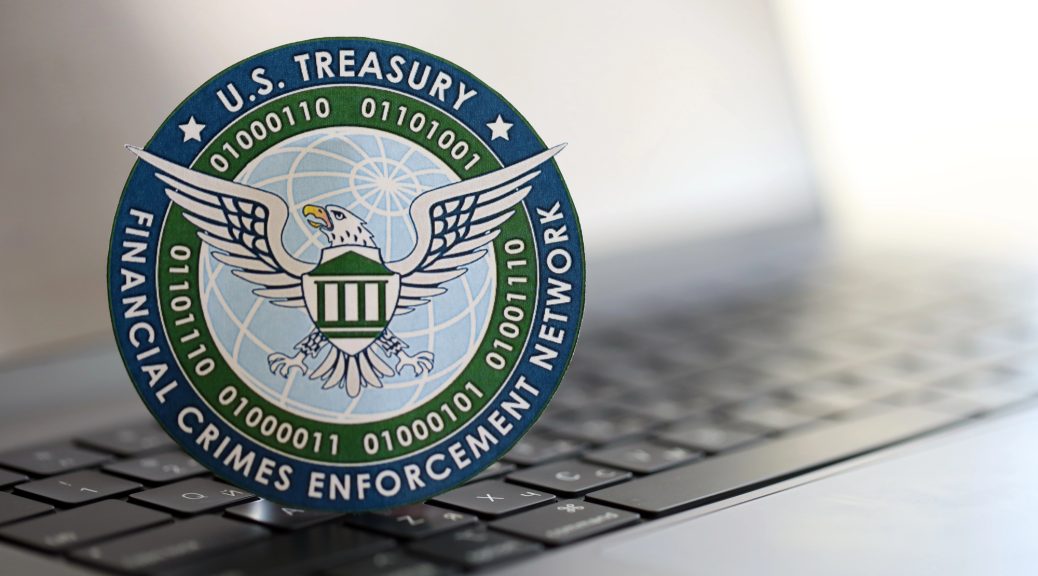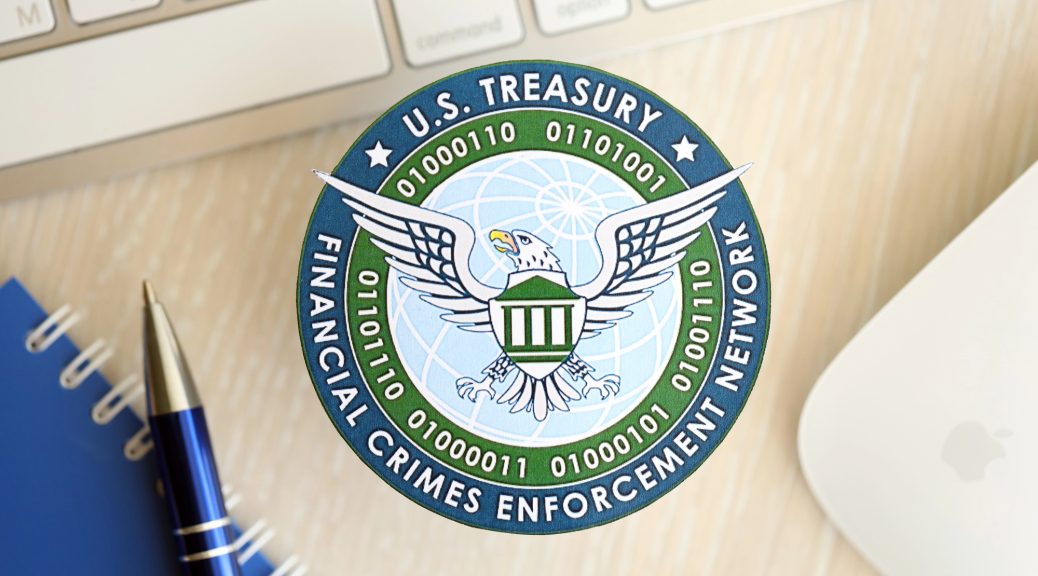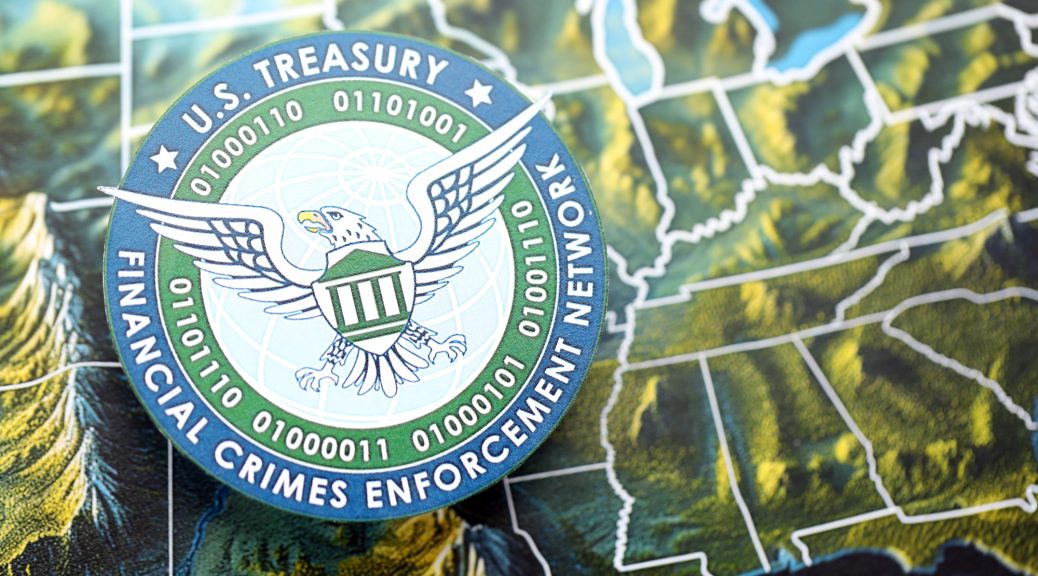On January 7, 2025, Fidelity Digital Assets rolled out its 2025 Look Ahead report. The main message of financial behemoth Fidelity Investments is that it is not too late to invest in digital assets because “2025 has the potential to be the year that is looked back on as the pivotal time where the “chasm was crossed” as digital assets begin to take root and embed themselves into multiple fields and industries.” See Report at 3.
Fidelity’s failure to attribute its chasm reference to Geoffrey Moore’s 1991 seminal tech marketing book “Crossing the Chasm” seems reflective of this fluff paper’s entire premise, namely that their predictions for a crypto seismic shift are warranted. Nothing could be further from the truth.
While it is true Fidelity Digital Assets has been singing a bullish song these past five years, Fidelity only really cares about “digital assets” to the extent they require Fidelity’s custodial or brokerage services or moving new BTC ETFs into a 401(k). Fidelity Digital Assets does not care whether there is any underlying value in any of those assets – unlike with shares representative of a company that hires workers, builds products, and generates revenue.
Over the past ten years, blockchain technology has simply merged with crypto coins in the public’s mind with regulators aggressively going after those selling such unregulated coins. Despite Facebook pouring millions into its Libra coin effort – later renamed Diem, it eventually realized there was no future in its privacy-killing product given this regulatory backlash. Indeed, during the past seven years no blockchain effort has risen to mass appeal other than the greater fool driven meme coins lacking any centralized control and a BTC reaching over $100,000. While it is true that DeFi platforms saw increasing growth these past several years, most stock investors would be unable to name any such platform or what even is “DeFi”.
Adding to this lack of true product awareness and regulatory backlash, crypto’s current lack of clothing is easy if one looks in the right places. In an October 2024 scathing diatribe penned by a former SEC lawyer titled “Blockchain Remains, and Will Forever be, a Dire Grift, a Perilous Scam and a Nasty Scourge”, the author does not mince words: “I can’t say it any plainer: blockchain is bunk. Despite its relentless hype and inexorable bluster, blockchain technology itself has extremely limited utility and is a solution to a problem that nobody has.”
The author – John Reed Stark, is the former chief of internet enforcement at the SEC, and was on 60 Minutes on December 8, 2024 to further state his case. He bemoaned on air that “crypto is a scourge. It’s not something that you want in your society. It has no utility. it’s just pure speculation. Remember, there’s no balance sheet to crypto. There’s no financial statements.”
Mr. Stark explains “there’s no audit, inspection, examination, net capital requirements – no licensure of the individuals involved. And there’s no transparency into it. that creates real systemic risk, not just risk for investors. But the other part that people don’t really talk about enough are the dire externalities that are enabled by crypto.”
When asked to explain those externalities, he places a floodlight on the elephant in the room: “Every single crime you can conceive of is easier to do now because of crypto, especially ransomware, human sex trafficking – sanctions evasion, money laundering. North Korea is financing their nuclear weapons program using crypto.” While the volume of illicit transactions may remain high, crypto certainly lost its luster among criminals after better armed law enforcement arrived in 2017.
Nevertheless, not only does crypto not really fuel physical transactions like fiat currencies, it does still fuel criminal activity and can lead to investor loss more readily given it lacks the SEC guard rails afforded to public stock investors. Accordingly, in some ways, Mr. Stark may be right about crypto but wrong about blockchain – or at least the jury remains out on the later.
Not all crypto coins sold to the public are bunk and smart contracts such as those available under Ethereum will very likely eventually allow for the utilization necessary for a blockchain ecosystem to thrive. The true potential of blockchain technologies will never be realized, however, until blockbuster products reach mass appeal – something that just has not yet happened other than in the case of the speculative asset of Bitcoin. Bitcoin will never be the optimum test case for blockchain technology given it is nothing more than a speculative asset albeit one that has many buyers and a growing pricing model.
One wildcard is how the new administration shapes policies going forward – including the possibility of creating a U.S. Bitcoin strategic reserve. It remains to be seen whether the Trump Administration fulfills all the promises that led to significant campaign funding from crypto PAC Fairshake. Such regulatory easing may very well lead to greater innovations. More than likely, however, after Bitcoin is used by the government to pay down some of its debt, it will no longer project that gleam in the incoming President’s eye and regulatory compliance might reenter the picture. Either way, regulators will for the next four years focus primarily on fraud – which can only help legitimate projects going forward.
While it took a two decades for Internet companies to upend the retail establishment, that seismic market penetration was based on millions of consumer transactions . As of today, however, the only deeply penetrated crypto markets are of the asset class type – which is insufficient to create commercialization of an industry. In other words, the only way the 1995 comparisons made by Fidelity Digital Asset in its report come to fruition is by having blockchain begin delivering on its promise of utility on a grand scale. Until the potential of that happening becomes very clear – which was the case for the Internet when broadband began taking over in 2005, crypto 2025 should not be considered Internet 1995.
Despite showing great initial promise in 2018 – what at the time appeared to be the more appropriate year for the 1995 comparison, nothing pre-seismic occurred during these past seven years. In other words, it still remains too early in the game to peg any seismic shift date so Mr. Stark may eventually be proven right.






